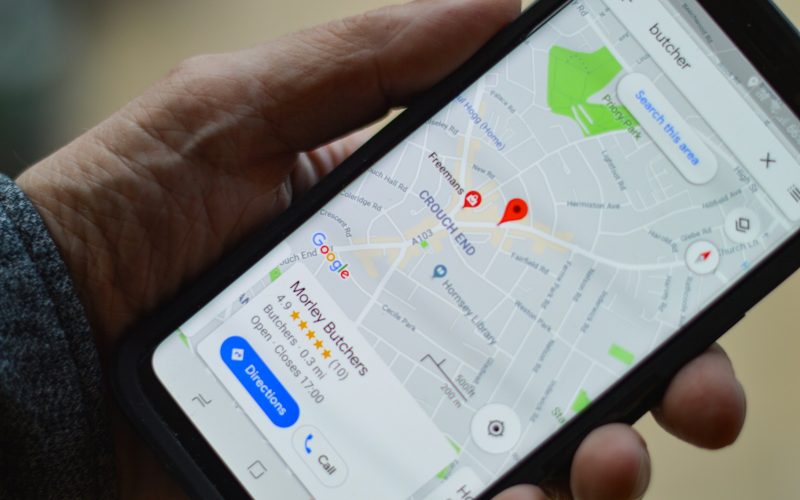It is not uncommon, even for large, well-managed brands, to measure too many metrics of little relevance and therefore not put enough emphasis on the ones that matter. For example, measuring the level of engagement on your social media platforms in likes and shares or the virality of your videos expressed in YouTube views doesn’t mean much from a business perspective, unless you can determine to what extent (if at all) these metrics can positively affect your revenue.
Today, we’ll take a look at the most useful quantitative brand metrics, which measure brand performance at every stage of the decision-making process.
Measuring your brand’s performance is not about the number of Likes or even the amount of traffic to your website. It’s about understanding the process of how your consumers, customers, clients, viewers or financial backers make purchasing decisions in your category (e.g., automobiles, soft drinks or broadcast services), and where in that process you can increase your chances of being selected as their brand of choice.
Stage 1: Awareness
a) What you want to know
Do your (potential) customers remember your brand?
b) Key Performance Indicators (KPIs) and their importance (1-5)
– Top of mind (TOM) brand recognition – 3
– Spontaneous brand recognition – 4
– Brand awareness applied for – 3
c) How can these KPIs be measured?
To measure TOM and spontaneous awareness, you should use spontaneous questions. For example, “When you think of smartphones (TV channels, charities, etc.), what brands come to mind?”
To generate awareness, you should present the respondent with a list of brands and ask them which ones they have heard of.
The percentage of respondents who mention your brand first (unannounced) gives you TOM awareness of your brand (e.g. 20%). The percentage of people who mention your brand spontaneously, but not necessarily first, is your spontaneous awareness (e.g. 60%). The percentage of people who recognize your brand in the list is your requested knowledge (e.g. 80%).
d) Warnings
Even relatively large brands can have very low TOM awareness (0 to single digits). Scientists at the Ehrenberg-Bass Institute often emphasize the fact that brand awareness is not a comprehensive metric in itself. It only measures the percentage of people who associate a specific product category with your brand, whereas there are many other purchase signals (in addition to the product category) with which the brand should be associated and measured. The brand prominence metric (see next section) is more comprehensive.
Stage 2: Familiarity
a) What you want to know
Does your brand come to mind in various shopping-related situations and is it easily recognizable?
b) KPIs and their importance (1-5)
– Brand Prominence – 4
– Strength of the brand’s distinctive assets – 4
c) How can these KPIs be measured?
Brand salience is a less popular metric (also more complicated to measure) than brand awareness, but it is increasing in importance.
The Institute for Marketing Science defines brand salience as “the propensity of the brand to be thought of by buyers in purchase situations.” It can be measured by presenting respondents with a random list of cues and attributes and asking them which brands they associate with each statement. Statements depend on the category and should be thoroughly researched first (all of them should be relevant in purchasing situations). Examples might include “when I want to eat something quick and healthy” (for casual restaurants), “I know I won’t overpay there” (for supermarkets), “it takes great pictures” (for smartphones) or “it’s perfect as a gift” (for chocolates).
The Ehrenberg-Bass Institute scientists emphasize that brand salience should not be associated with a selected signal or attribute, but should relate to the bigger picture, taking into account the quality (“how fresh and relevant”) and quantity (“how many”) of the attributes. It is also important to keep in mind that brand prominence should not only be measured for your brand, but also for those of your competitors.
The other important metric is the strength of distinctive brand assets (various brand elements, including logos, fonts, colors, packaging shapes, slogans, jingles, brand icons and others). The strength of the brand’s distinctive assets can be measured by asking respondents whether they recognize particular elements of the brand and with which brands they associate them.
d) Warnings
The greater the brand awareness (and market share), the stronger the brand will be in almost every dimension. Smaller brands, even with different positioning, tend to perform worse on all attributes, including their USP. For large brands, the focus should be on growing the overall profile over time, ensuring that the brand performs well (quality) on a range of relevant signals (quantity).
When measuring the strength of your brand assets, it is important to determine if the elements are clearly associated with your brand. If any of them are more associated with your competitors than with your company, you should focus your marketing efforts on linking those brand assets.
Stage 3: Consideration
a) What you want to know
Do your (potential) customers want to buy your brand?
b) KPIs and their importance (1-5)
– Purchase intention – 3
c) How can these KPIs be measured?
Simply ask if people would consider buying your product or brand.
d) Warnings
In most cases, this metric correlates positively with sales. However, if this is not the case (people say they want to buy/register/support, etc., your brand, but their financial figures do not seem to reflect this intent), further analysis is required to explain the discrepancy. For example, people may want to buy a certain brand, but then, at an outlet, decide to buy something cheaper or cannot find it due to limited distribution.
Stage 4: Purchase
a) What you want to know
Do people buy your brand?
b) KPIs and their importance (1-5)
– Sales volume – 5
– Sales value – 5
c) How can these KPIs be measured?
How many items have been purchased and of what value. This is the one metric you don’t need to measure with research: it’s your actual data, not people’s statements.
d) Warnings
It is crucial to know all the factors that may have influenced your sales in a chosen period and how much the “brand factor” mattered compared to the other factors (e.g. extended distribution, new pricing).
If your company can do it well (easier said than done), it means you are an expert in brand management.
Stage 5: Advocacy
a) What you want to know
Would your customers recommend your brand to their friends?
b) KPIs and their importance (1-5)
– Net Promoter Score (NPS) – 2
c) How can these KPIs be measured?
Ask people how likely they are, on a scale of 0 to 10, to recommend your brand to a friend. Respondents who give your brand 9 or 10 are called promoters, 7-8 are called passives and 0-6 are called detractors. To calculate the final result, you must subtract the percentage of detractors from the percentage of promoters. If you have 10% distractors, 70% passives and 20% promoters, your NPS is 10 (20-10).
It is also possible to have a negative NPS.
d) Warnings
NPS could be useful in high-value categories (e.g., automobiles), where people tend to act less impulsively and ask others for feedback before committing to a purchase. However, never use NPS as a metric to predict brand loyalty, as science shows (according to the Ehrenberg-Bass Institute) that brand loyalty is simply a derivative of brand size.






